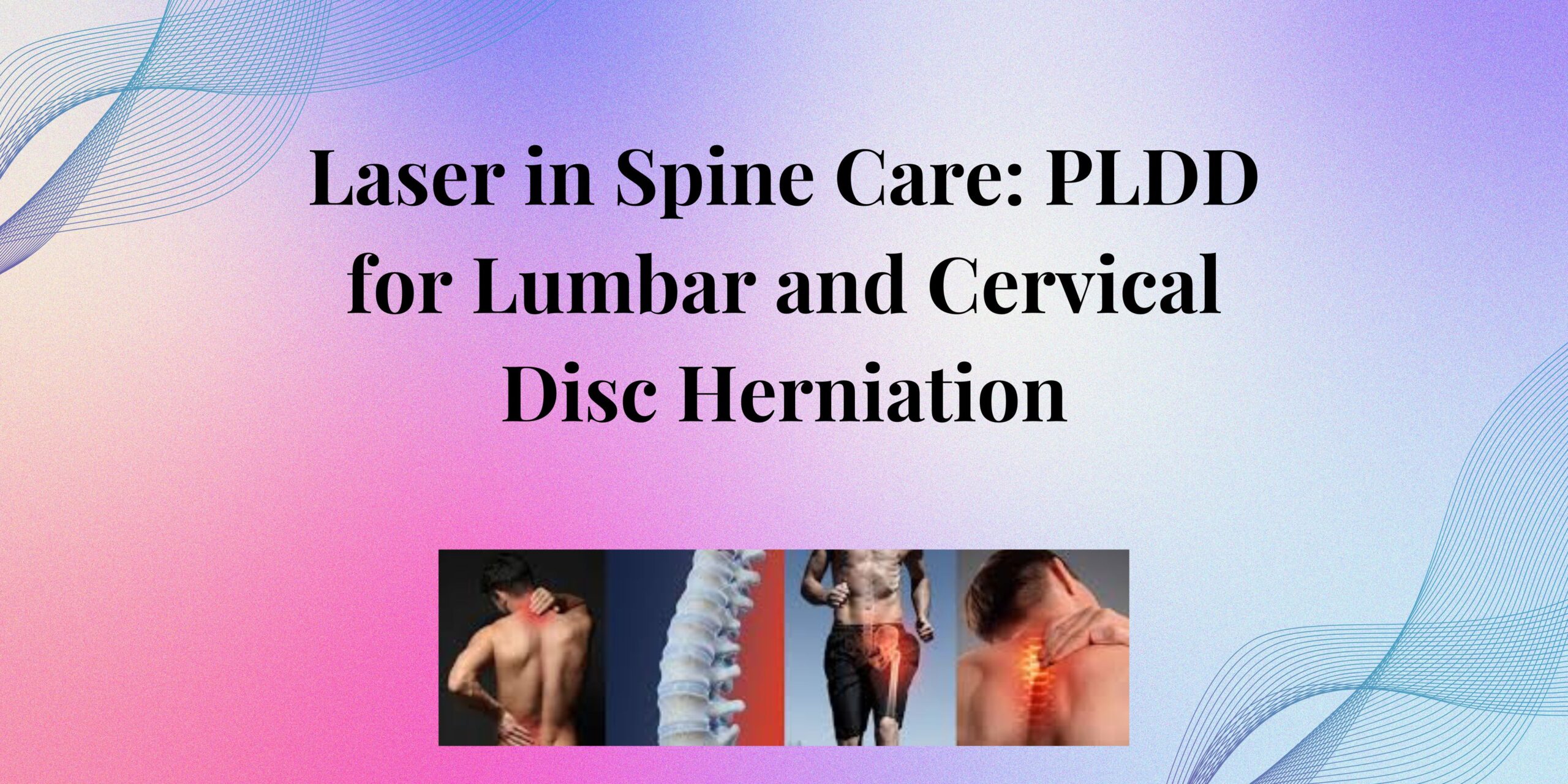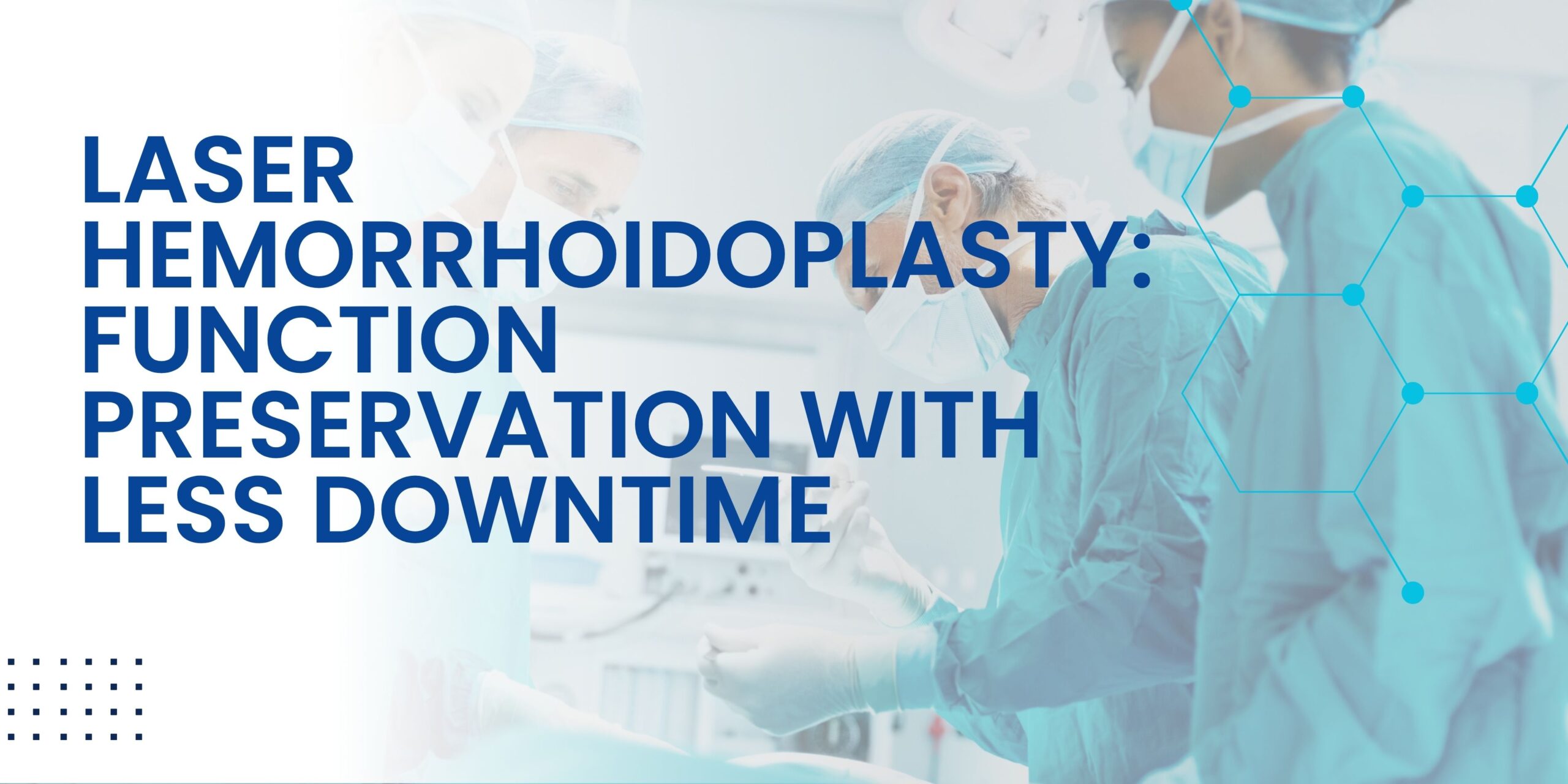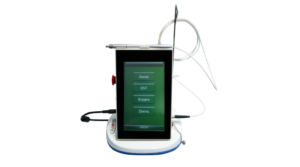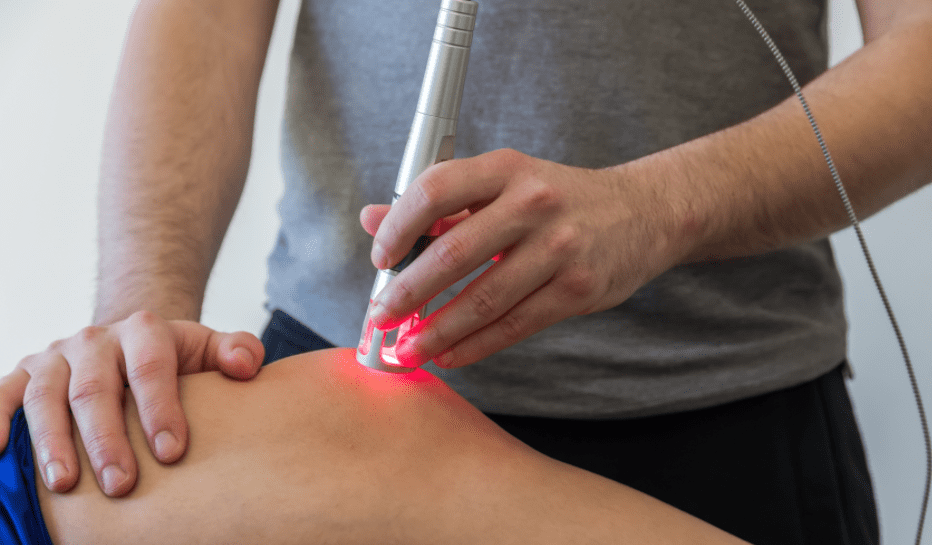Back and neck pain due to disc herniation is among the most common causes for chronic disabling conditions and reduced quality of life globally. While traditional open spine surgeries provide effective outcomes for disc herniation, they often include significant tissue disruption, longer recovery times, and complications after surgery. Percutaneous Laser Disc Decompression (PLDD) is an innovation in spine care that in a minimally invasive approach relieves pain associated with herniated discs with less recovery time.
An Overview of PLDD
Percutaneous Laser Disc Decompression (PLDD) is a minimally invasive laser procedure for the treatment of herniated discs both in the lumbar (lower back) and cervical (neck) spine. The concept is simple and highly effective – by utilizing laser energy placed directly in the nucleus pulposus of the intervertebral disc cavity, the internal disc pressure is decreased leading to the retraction of the herniated disc while relieving compression of the nerve roots.
By doing so, open spine surgery is avoided while preserving the natural anatomy and biomechanics of the spine, which is important for long-term spinal stability.

Understanding How the Procedure Works
The PLDD procedure is done using local anesthesia and fluoroscopic or CT guidance. After the affected disc has been identified, a small gauge needle is placed into the nucleus pulposus through a small puncture in the skin. A laser fiber is then passed through the needle to provide a controlled amount of energy.
The laser energy vaporizes a small amount of disc material (the volume is typically 0.5-1cc) resulting in:
1.A decrease in intradiscal pressure
2.The herniated portion of the disc retracting
3.Decompression of the involved nerve root
The procedure usually takes 20-30 minutes to complete, and you may be able to walk out the same day, making it one of the more patient-friendly options for spinal intervention.
Advantages of Laser in Spine Care
1.Minimally Invasive & Painless
PLDD is performed with no incision or musculoskeletal dissection, thus minimizing the level of postoperative pain and development of scar tissue.
2.Maintains Spinal Structure
The natural disc and vertebral structures are preserved to control for biomechanical imbalances and subsequent degenerative changes.
3.Rapid Recovery
The majority of patients return to light activity within 24-48 hours and activities of daily living within a week.
4.Reduced Hospital Admission
PLDD, a daycare procedure, does not require hospitalization or prolonged rehabilitation.
5.Low Complication Rate
There is no open exposure or placement of hardware so risk for infection, bleeding, or nerve injury is very low.
6.Applicable to Lumbar and Cervical Discs
The lasers used for PLDD can further be applied to cervical disc herniations, thus enhancing its clinical usefulness with the same principles and technology.
Clinical Indications
- PLDD is most appropriate for patients who have the following characteristics:
- Lumbar or cervical disc herniation, verified by MRI
- Radicular (sciatica or brachialgia) pain caused by evidence of nerve compression
- Contained disc herniation (no free fragment)
Back pain that has not responded to conservative measures such as physiotherapy or oral medications
It is not appropriate for pathology with significant spinal canal stenosis, disc sequestration, or any neurological deficit that would require open decompression.
The IMDSL Advantage
- The Vikrant Thulium Fiber Laser and AquaLase systems by IMDSL offer unrivaled precision and safety during spinal laser procedures, including PLDD.
- The 1470 nm and 1940 nm wavelengths have high water absorption, allowing for accurate tissue vaporization without thermal spread.
- The systems are lightweight and easy to use, making them well-suited for interventional spine centers.
- The surgeon gains superior visualization of the procedural site, controlled energy delivery, and consistent results from case to case.
- The technology used in IMDSL coincides perfectly with the increasing trend of providing safe and effective spine care that focuses on outpatient care. This allows physicians to provide quicker recovery and improvement.

Laser-assisted spine surgery with Percutaneous Laser Discectomy (PLDD) launches a new era of herniated lumbar and cervical disc management. PLDD combines the principles of precision, preservation, and patient-centricity to minimize trauma and maximize therapeutic effectiveness.
For patients, less pain, shorter recovery, and faster return to normal life. For physicians, it offers a safe, reproducible, and future-ready intervention for spine surgery.
With systems like the IMDSL laser systems, the future of spine care is the patients’ future, laser-based, and function-preserving with our goal closer to #OneMillionHealingsPerDay.
Read more









